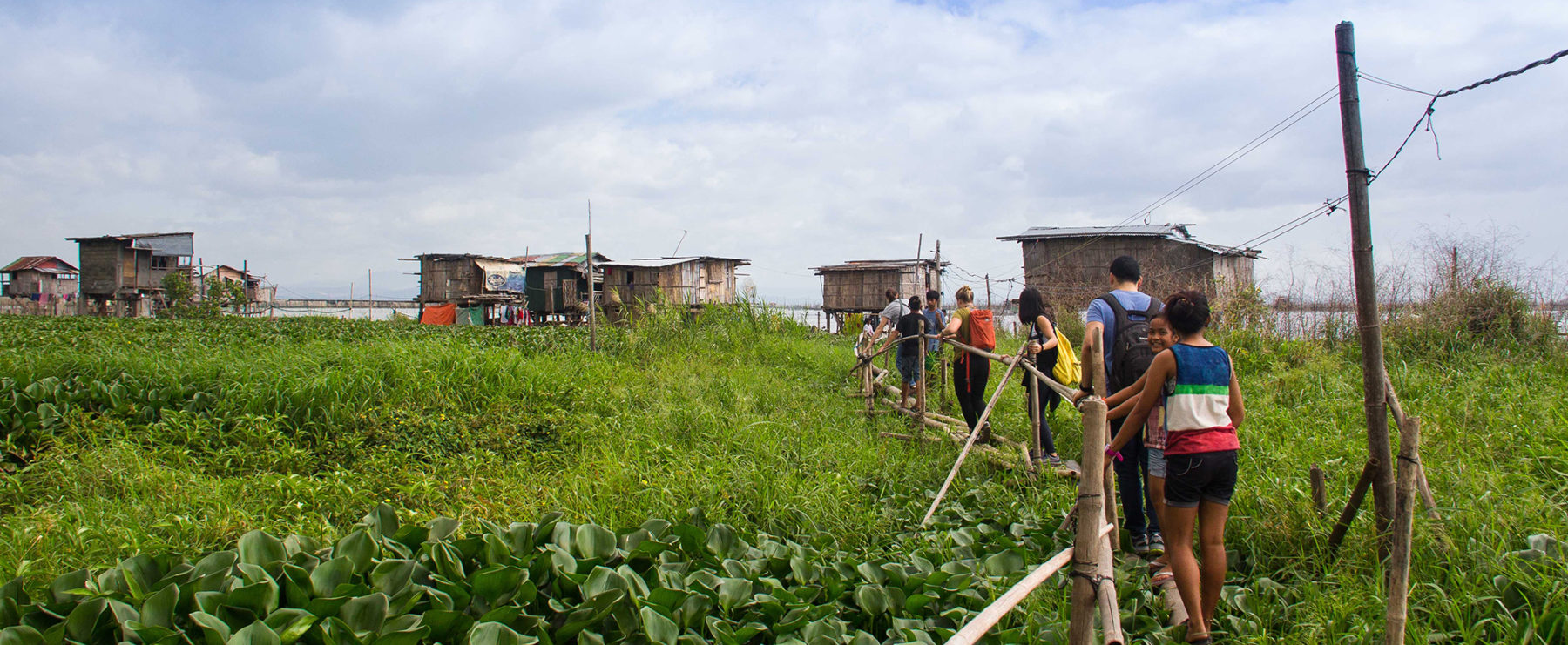Socio-Ecological Urban Design, a Perspective in Landscape Architecture Frontiers (LAF)

 Sasaki
Sasaki

Sasaki principal and urban designer Mary Anne Ocampo and Assistant Professor of Urban Design at Harvard Graduate School of Design Stephen Gray were published in the August issue of the Chinese publication, Landscape Architecture Frontiers (LAF). The article, “Resilient Imaginaries: Socio-Ecological Urban Design in Metro Manila, The Philippines,” addresses what Ocampo and Gray see as “gaps in resilience literature and practice by introducing a balanced approach to human, natural, and spatial resilience through socio-ecological urban design” through the lens of work the two completed in partnership with the World Bank in and around Manila in the aftermath of Typhoon Haiyan, which hit the region in 2013.
“The coincidence of hyper-urbanization, informality, and increasingly severe natural disruptions has drawn broad public attention, triggered the release of large injections of capital, and presents the opportunity (and urgency) to reimagine cities as more connected, adaptive, equitable, and resilient. But just as no single strategy can be a silver bullet for resilience, solving for climate change-related vulnerabilities cannot be our only measure for success, ” say Ocampo and Gray. “Cities are assemblages of deliberate, if uncoordinated, spaces and places embedded with the complexities and contradictions of the communities that occupy them. They serve as both platforms for and expressions of the social life of people and our relationship with nature. Overly simplistic definitions of urban resilience which emphasize one system over another — be it ecological, sociological, or morphological — will inevitably fall short of achieving a state of resilience that is both socially inclusive and environmentally responsive.”
Within the piece, Ocampo and Gray argue for better integration of disciplines and the breakdown of silos across urban resilience and urban design practices to introduce new forms of urbanity, offering myriad examples of an expansive, holistic approach they employed while working with communities on resilient planning in the Philippines.